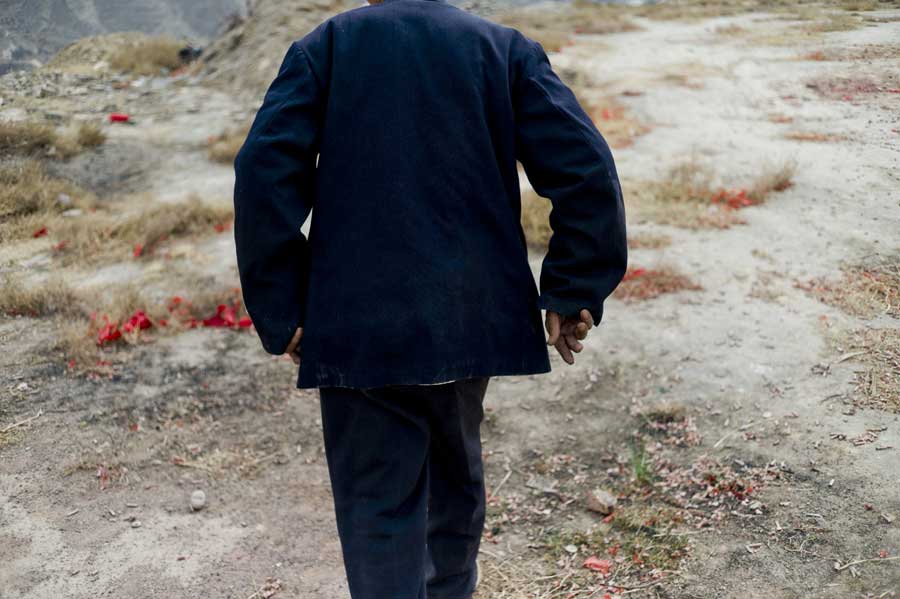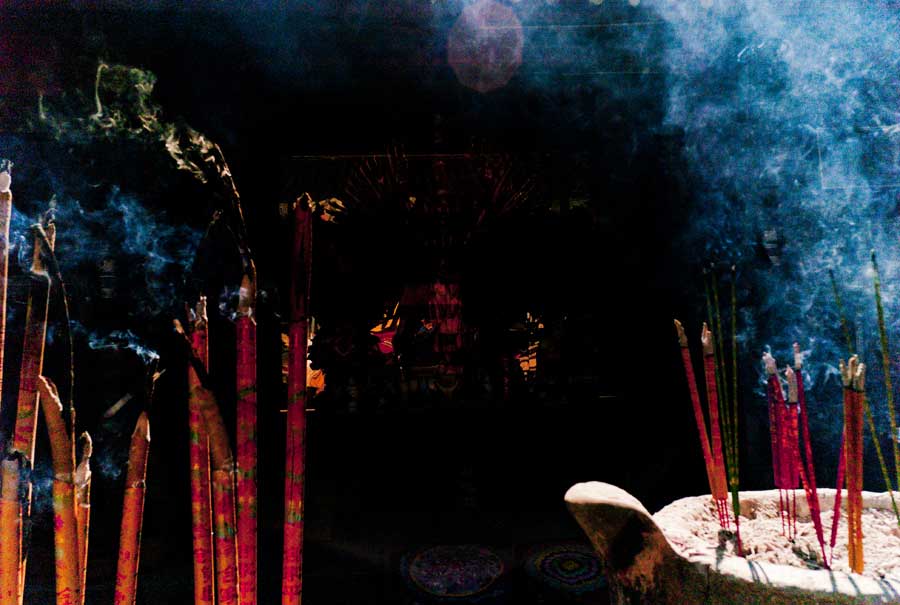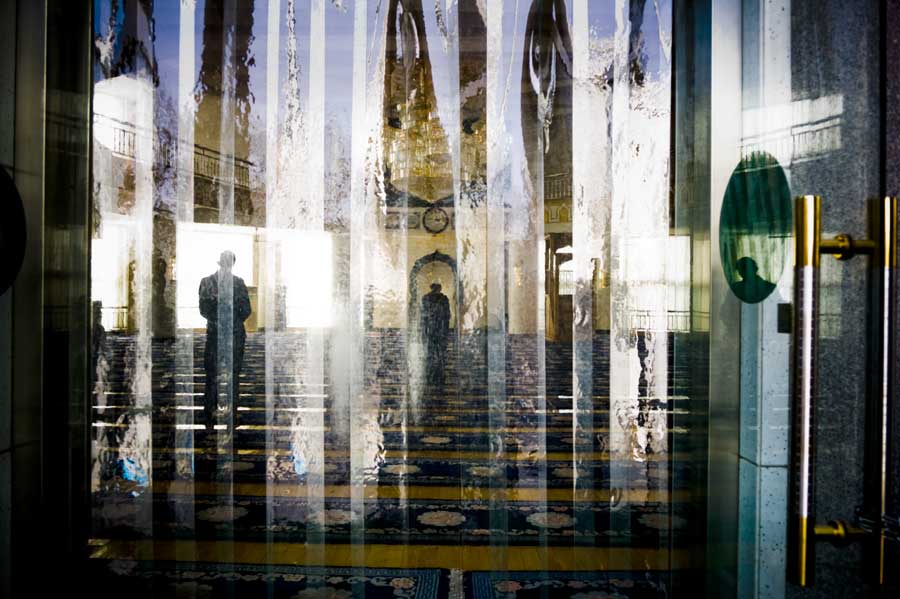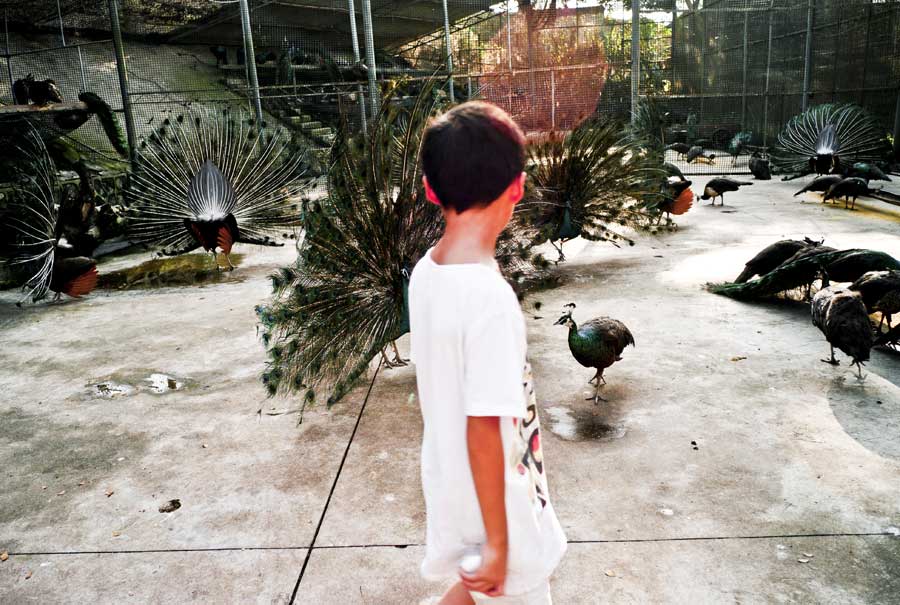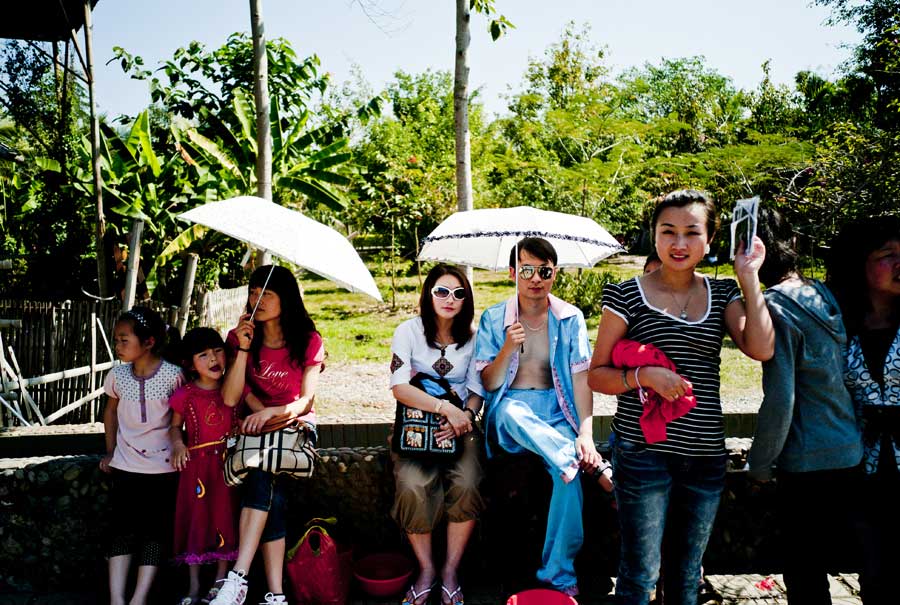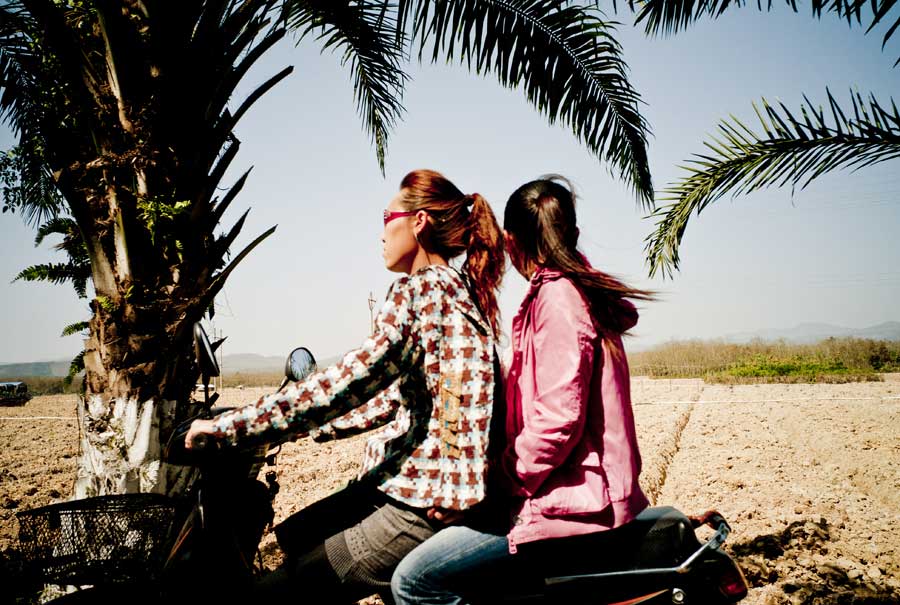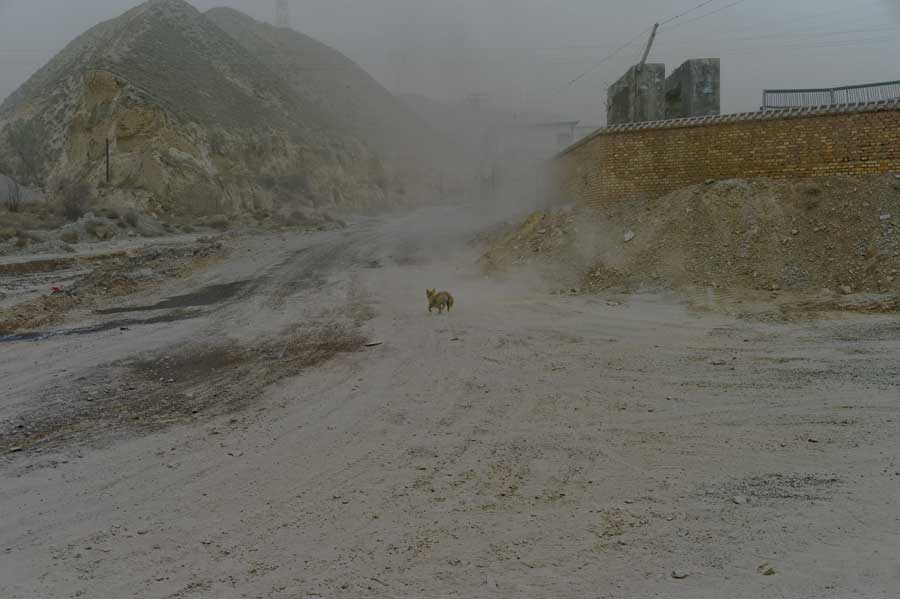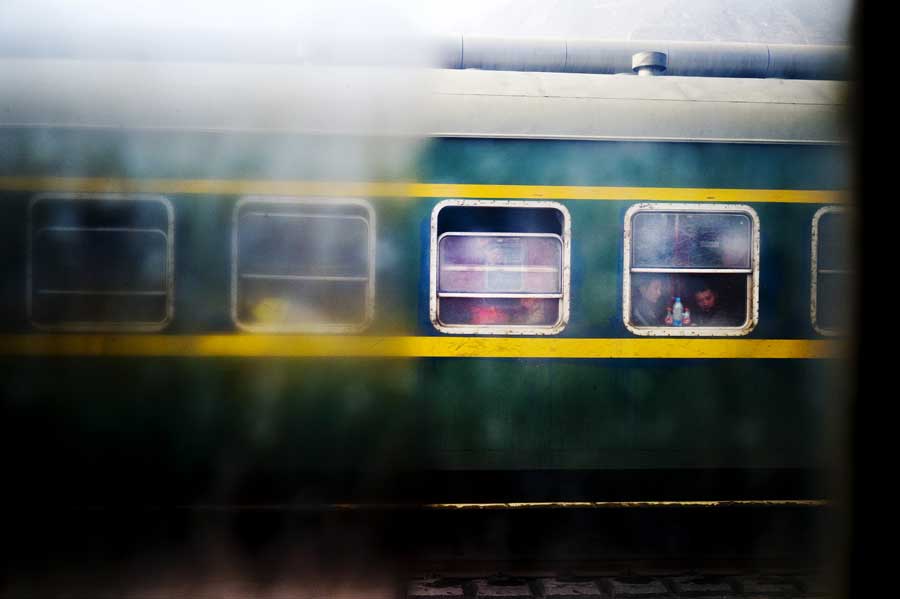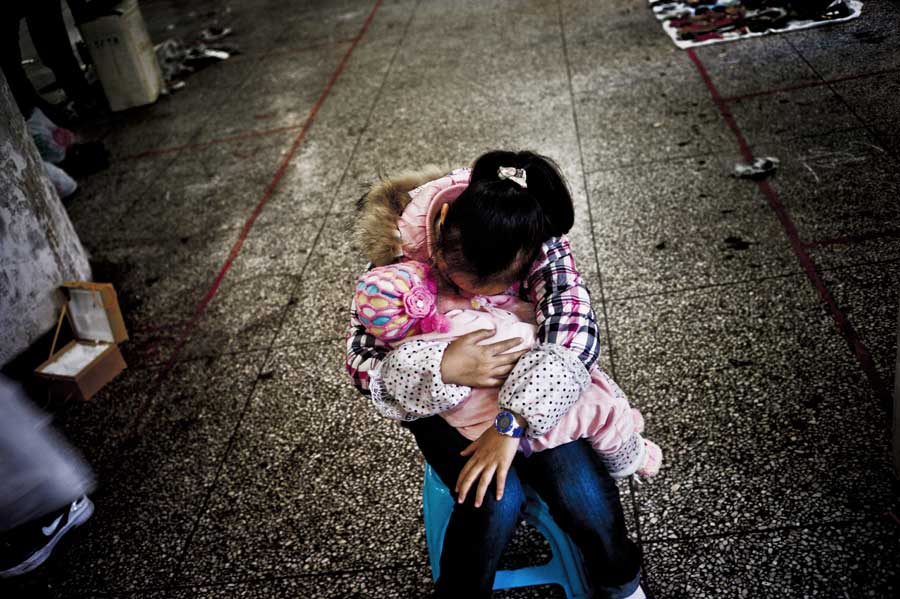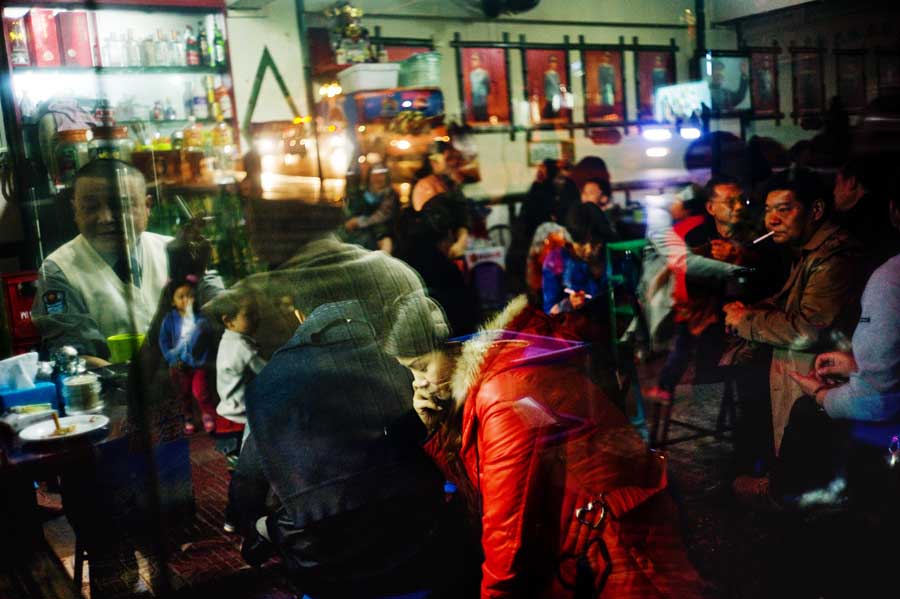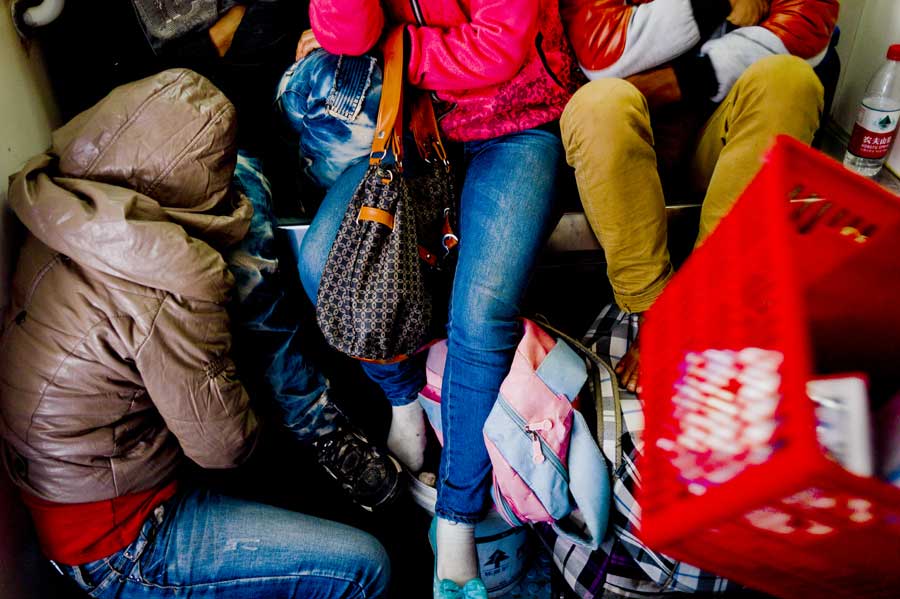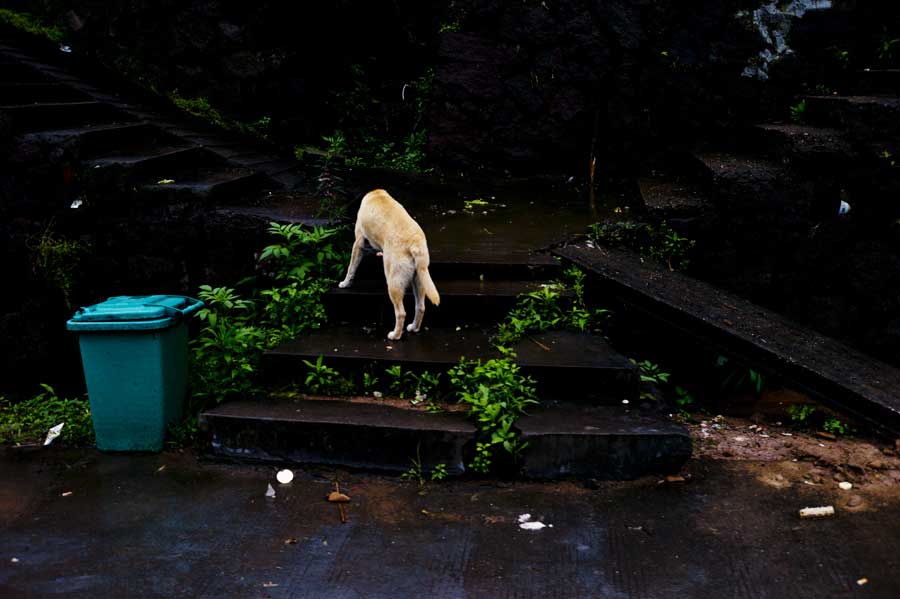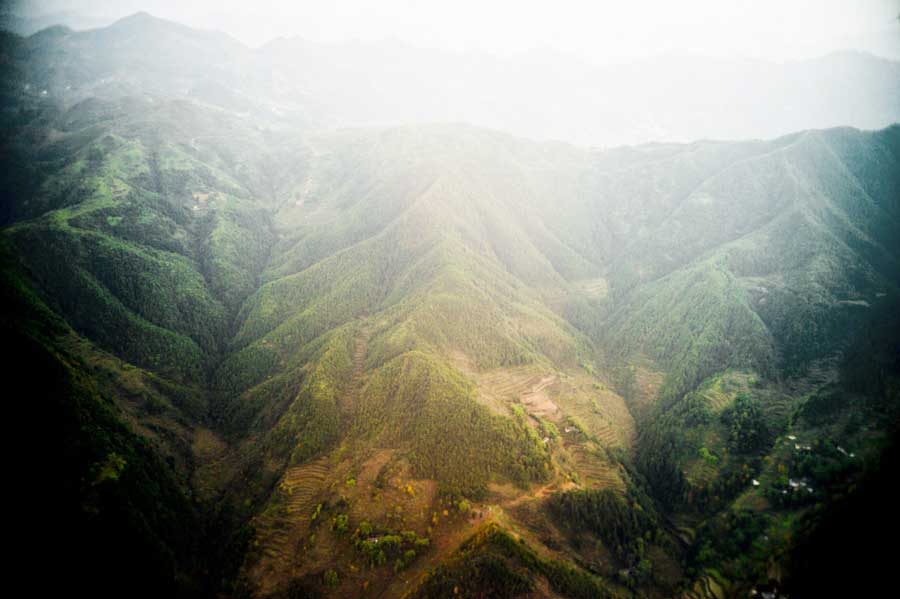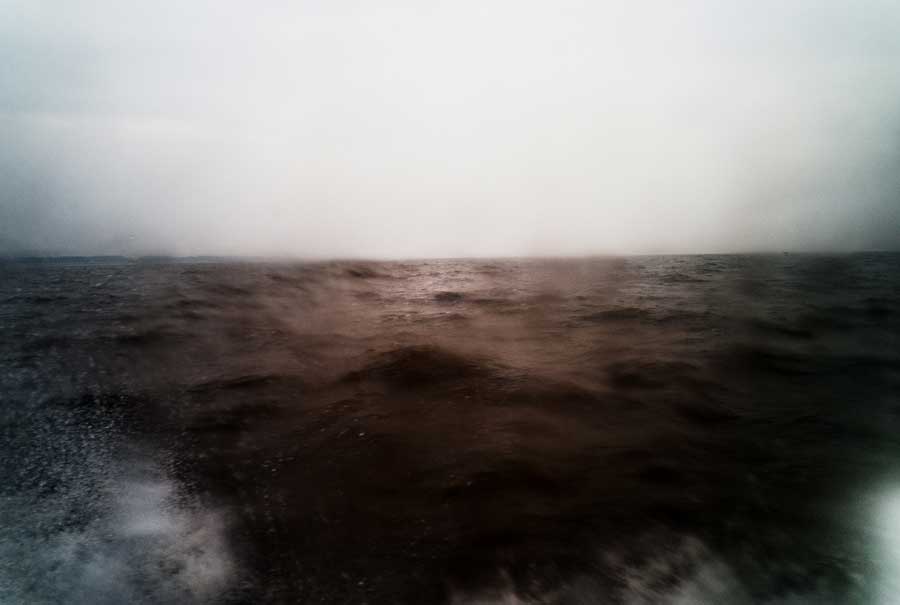I grew up in China and moved to the US in 2000 when I was 23-year old. In 2008 with a fellowship from Rafael Vinoly Architecture Research Fellowship in New York, I started to make frequent trips back to China to take photographs for the research project focusing on urban housing/development.
With the specific research assignments, the way to photograph was rather with specific purpose. But also I got chance to wander in many Chinese towns, cities and villages with camera in hand, and continued the journey regardless the fellowship was concluded up in 2010.
At the beginning, I was hoping photography could help me and the others to understand the phenomena of the country that I had missed in the past decade, and to grasp the sense of today’s “Chinese-ness”. But instead of getting a progressively clearer image of what I have been hoping to achieve over the years, I am often puzzled and frustrated by the misalignment between the images and my actual experience. It has become impossible to take a shot of today’s China without capturing contrast. But what does it really mean?
The apparent contrast in the photograph with a lone house in the midst of rubbles and shadows of skyscraper failed to tell the story that the building owner had collected multimillion dollars as compensation for the demolition and moved to overseas. The ones who became homeless were the migrant workers who could only afford a room in such a building are often invisible.
It is not uncommon to see running-away crowd chased by the policemen as they were selling black market train tickets for higher profit. But no one knows that most of them were migrant workers who just lost their jobs in the nearby factories. I photographed a shabby room with a bunk bed appeared almost uninhabitable, but in fact it was the last refuge for the migrant worker’s children. A month after the picture was taken, the five-member family moved into a twenty square-meters room that could only fit one bunk bed that was shared by them all. Facing the complexity of today’s stories, the photography appears inadequate. Maybe beyond documentary or visual evidence, photography should not give answers but raise more questions.
So it comes to my project. It is an open journey to photograph thoroughly what I could possibly encounter in my wandering across China. It is to constantly grasp the life experience of others’ and of myself before they are diluted in my memory. Rather than a journey of discovery, it uncovers layers of a society, which makes me feel both familiar and alien. I am hoping one day the images could turn the camera back on me, facing myself inward. I would see myself in these situations and be able to reconstruct my own identity as a Chinese and to understand the country in which I am rooted. [Official Website]



